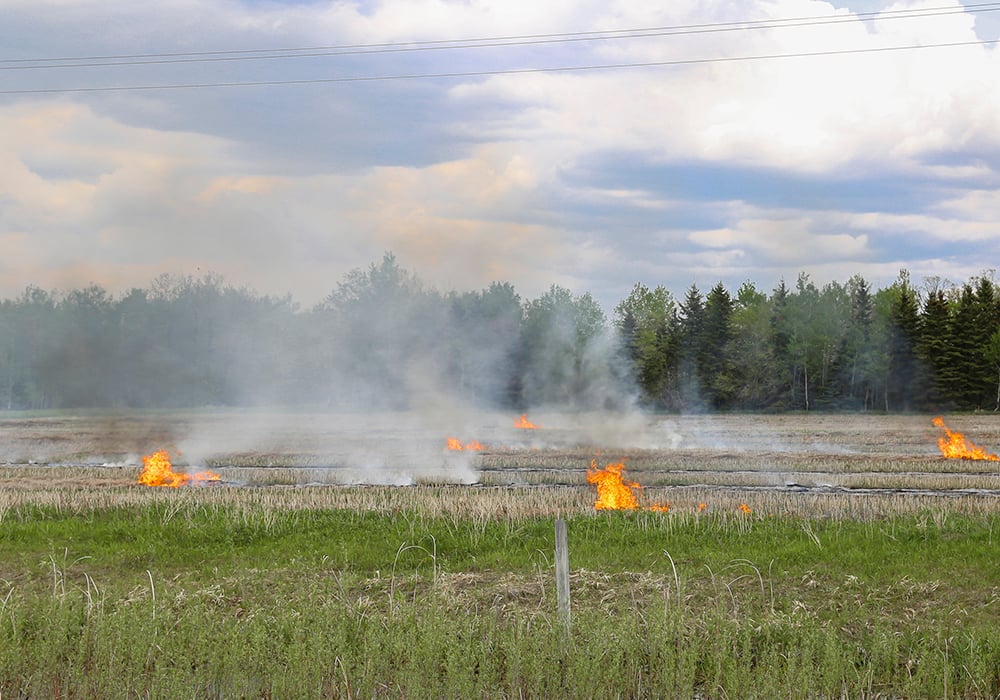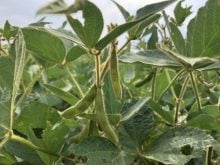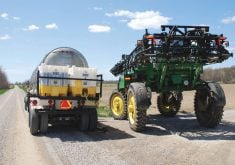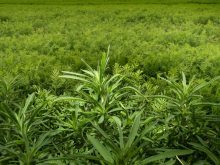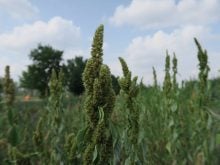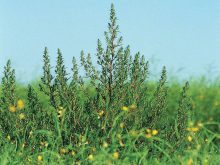Research shows burning windrows may work in Australia or Arkansas, but not in Canada due to the Prairie climate
WINNIPEG — Farmers around the globe are running out of options to control weeds.
Western Australian farmers are coping with annual ryegrass, growers in Arkansas have been fighting palmer amaranth and producers in Alberta and Saskatchewan are battling kochia.
It’s become clear, to some experts, that applying herbicides and more herbicides isn’t the answer. Growers need to deploy other tactics on herbicide resistant weeds.
Read Also

Saskatchewan looks to expand trade in Indonesia
Saskatchewan intends to increase its agricultural partnership with Indonesia.
“When you take a look at weed management in general, it’s all really centred around soil seed bank management,” said Jason Norsworthy, a weed science professor at the University of Arkansas.
“If we can drive those soil seed banks down, it’s going to benefit us in terms of the future populations … as well as lessening the risk of herbicide resistance evolution and spread.”
One option could be burning the weed seeds after harvest.
About five years ago, Norsworthy led an experiment following a soybean harvest in Arkansas, in which the scientists burned narrow windrows of chaff and straw.
Their conclusion? It’s cheap and it works.
“Given the low cost of implementation of narrow-windrow burning and the seed kill efficacy on various weed species, this strategy may be an attractive option for destroying weed seed,” says the paper from 2020, published in Weed Technology.
Burning chaff and straw following harvest might work in some climates, but probably not in Western Canada, said Breanne Tidemann, an Agriculture Canada weed scientist in Lacombe, Alta.
There’s no doubt it will destroy weed seeds and reduce the amount of seeds that return to the soil.
However, the prairie climate isn’t suited for this strategy because there isn’t enough time between the end of harvest and the beginning of winter, when snow arrives on the Prairies.
“We don’t have a great window for getting it done. It takes manpower after harvest … (and you) need the right weather conditions,” Tidemann said.
One of those conditions is wind. If the wind is blowing the same direction as the windrow, or it’s too windy, the fire will move rapidly and won’t get sufficiently hot.
“Heat and fire — will they affect seed viability? Absolutely, 100 percent they will,” Tidemann said.
“(But) if you don’t get (the right burn), you might just be burning your residue and not killing your weed seeds.”
Another issue is a potential loss of soil fertility. Fewer nutrients return to the soil when crop residue is lit on fire.
Plus, there’s the massive risk that a windrow fire will get out of control and spread.
Despite the challenges, hundreds of Australian farmers did burn chaff in narrow windrows to control problematic weeds.
“At one point, I want to say 70 per cent of producers in Western Australia were using this strategy,” Tidemann said.
“But their backs were against the wall with ryegrass, and they didn’t know what else to do.”
Windrow burning has since declined in popularity. Australian farmers are now opting for weed seed destructors — a hammer mill that pulverizes the weed seeds.
“There was a switch. The windrow burning has dropped significantly,” Tidemann said.
“They have shifted over to those impact mills or other strategies.”
Possibly 25 to 30 per cent of new combines sold in Australia are equipped with weed seed destructors.
The technology is less common in Canada. In the fall of 2023, about 30 combines with hammer mills were used on Canadian farms.
The weed seed destructors add approximately $100,000 to the price of a new combine, which explains the lack of adoption.
Still, if a farmer is struggling to control a particular weed and the amount of weed seeds in the soil, it could be worth the investment.
Tidemann has surveyed Canadian farmers who use the mills.
Some of them saw a decline in both herbicide costs and weed populations.
“I had three (farmers) that felt they had seen reductions in their weed densities since adopting the mill. On average, about a 60 per cent reduction in weed densities was their estimate,” Tidemann said.
“Two have been able to reduce herbicide applications by 25 and 30 per cent.”


